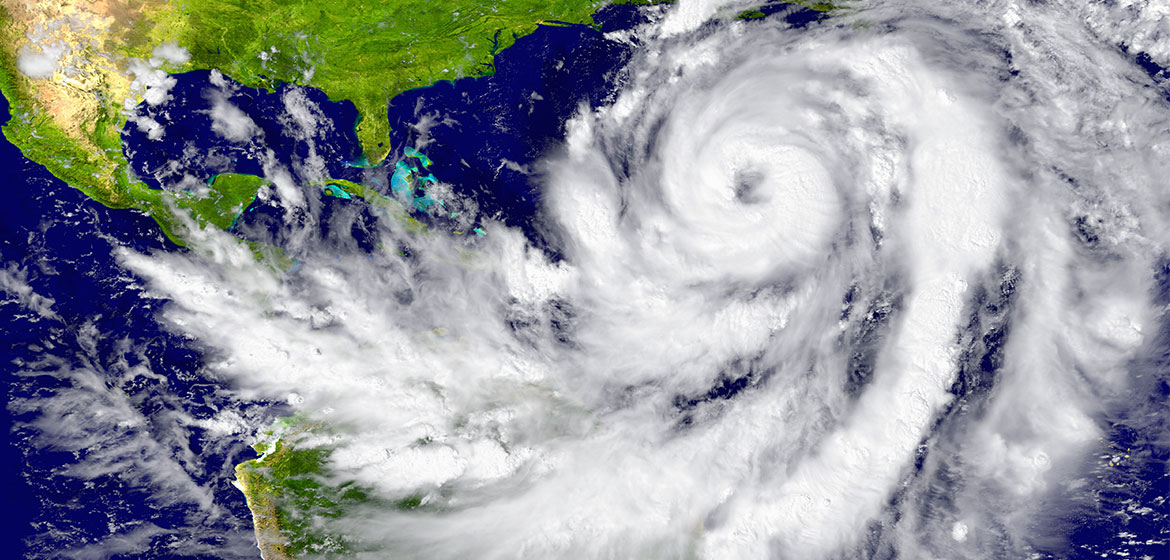Hurricane Facts: Busting The Common Myths

Hurricanes, also known as typhoons or cyclones, depending on the region, are powerful and destructive tropical storms that can cause widespread devastation. With their immense force, hurricanes can leave a trail of destruction in their wake, causing damage to buildings, infrastructure, and communities. Unfortunately, there are several common myths associated with hurricanes that can mislead people and put them at risk. In this article, we will bust some hurricane myths and highlight the importance of getting professionals to inspect buildings before a hurricane.
Myth #1: Hurricanes Only Occur in Coastal Areas
One of the most common misconceptions about hurricanes is that they only affect coastal areas. While it is true that hurricanes typically form over warm ocean waters and often make landfall along coastlines, they can also impact areas far inland. As hurricanes move inland, they can still bring heavy rainfall, strong winds, and storm surges that can cause damage to buildings and infrastructure. In fact, some of the most devastating impacts of hurricanes have occurred hundreds of miles away from the coast. For example, Hurricane Katrina in 2005 caused widespread destruction in New Orleans, which is located about 70 miles inland from the Gulf of Mexico.
Myth #2: Hurricanes Only Occur during the Official Hurricane Season
Another common myth is that hurricanes only occur during the official hurricane season, which typically runs from June 1 to November 30 in the Atlantic basin. While the majority of hurricanes do occur during this time frame, it is important to note that hurricanes can form outside of this period as well. In recent years, there have been instances of hurricanes forming before or after the official season, catching people off guard. It is crucial to be prepared and stay vigilant throughout the year, regardless of the calendar date.
Myth #3: Tape on Windows Can Protect against Hurricane Damage
A persistent myth that has been debunked by experts is that putting tape on windows can protect them from hurricane damage. However, this is not true. Tape does not provide any significant protection against high winds, flying debris, or storm surge, which are some of the main causes of damage during a hurricane. In fact, putting tape on windows can give a false sense of security and may even make the situation worse as it can create larger and more dangerous glass shards when the windows break. Instead, it is important to install proper storm shutters or use pre-cut plywood to cover windows and doors in the event of a hurricane threat.
Myth #4: Newer Buildings Are Safe from Hurricane Damage
Another common myth is that newer buildings are inherently safe from hurricane damage. While it is true that modern building codes have improved over the years and newer buildings are often constructed to be more resilient to extreme weather events, including hurricanes, no building is completely immune to hurricane damage. Even newer buildings can suffer structural damage, roof failures, and other forms of destruction during a hurricane, especially if they are not designed and constructed to meet the latest building codes or if they are located in a high-risk hurricane-prone area.
It is important to ensure that all buildings, regardless of age, are inspected and maintained properly to minimize the risk of hurricane damage. We can help identify vulnerabilities in buildings that may be susceptible to hurricane damage. These vulnerabilities can include weak roofs, compromised structural elements, inadequate drainage systems, and other potential weak points that can be reinforced or repaired to minimize damage during a hurricane.